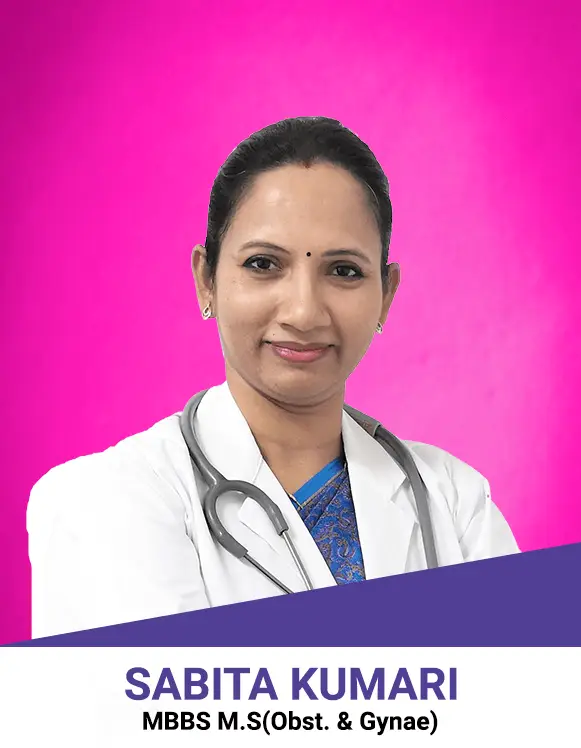Based on your age, the size of your fibroids and your overall health, your doctor will develop a treatment plan.
- Home remedies and natural treatments:
- Certain home remedies and natural treatments can have a positive effect on fibroids, including:
- Acupuncture
- Yoga
- Massage
- Applying heat for cramps (avoid heat if you experience heavy bleeding)
- Avoid meets and high caloric foods
- Opt for foods high in flavonoids, green vegetables, green tea
- Medications
- Your doctor may prescribe some medications (regulating your hormone levels) to shrink fibroids.
Gonadotropin-releasing hormone (GnRH) agonists,such as leuproide(lupron) will cause your progesterone and estrogen levels to drop. This will eventually stop menstruation and shrink fibroids, by stopping your body from producing follicle- stimulating hormone(FSH) and luteinizing hormone(LH).
Other options that can help control bleeding and pain, but won't shrink or eliminate fibroids, include:
- An intrauterine device(IUD) that release the hormone progestin
- over-the-counter(OTC) anti-inflammatory pain relievers,such as ibuprofen(Advil)
- Birth control pills
- Surgery
While performing myomectomy, your surgeon removes the fibroids,leaving the uterus in place.
If the fibroids are a few in number, you and your doctor may opt for a laparoscopic or robotic procedure to remove the fibroids from your uterus.
- non-invasive surgery:
- To destroy fibroids while preserving the normal uterus, your doctor may opt for MRI-guided focused ultrasound(FUS),a non-invasive treatment for uterine fibroids.
High-energy , high frequency sound waves are directed at the fibroids to ablate, or destroy them.
Another non-surgical option is uterine artery embolization. In this procedure small particles are injected into the uterus in order to cut off the fibroids blood supply.
- Ovarian cyst
- Ovarian cyst are a fluid-filled sac that develops in and on the surface of the ovaries.
Many women will develop at least one-cyst during their lifetime. In most cases,cysts are painless and cause no symptoms. You might get one every month as part of your menstrual cycle and never know it. They usually go away on their own with treatment.
But when it doesn't go away or gets bigger, a cyst can become a problem. There’s also the possibility of cancer, but it's rare. As you grow older, your chances get high.
Symptoms:
In most cases, ovarian cysts cause no symptoms. However ,symptoms can appear as the cyst grows. Symptoms may include:
- Abdominal bloating or swelling
- Painful bowel movements
- Pelvic pain before or during the menstrual cycle.
- Painful sex
- Breast tenderness
- Nausea and vomiting
Severe symptoms of ovarian cysts require immediate medical attention. Contact your doctor, if you have:
- Sudden or sharp pelvic pain
- Fever
- Dizziness
- Rapid breathing
These symptoms can indicate a ruptured cyst or an ovarian torsion.


